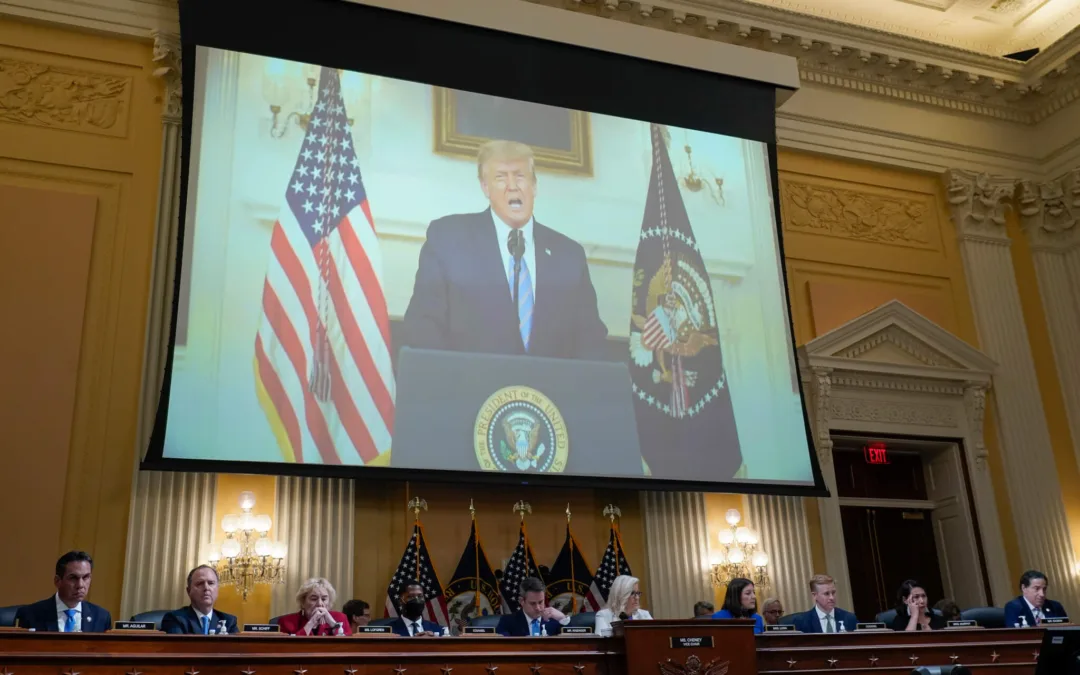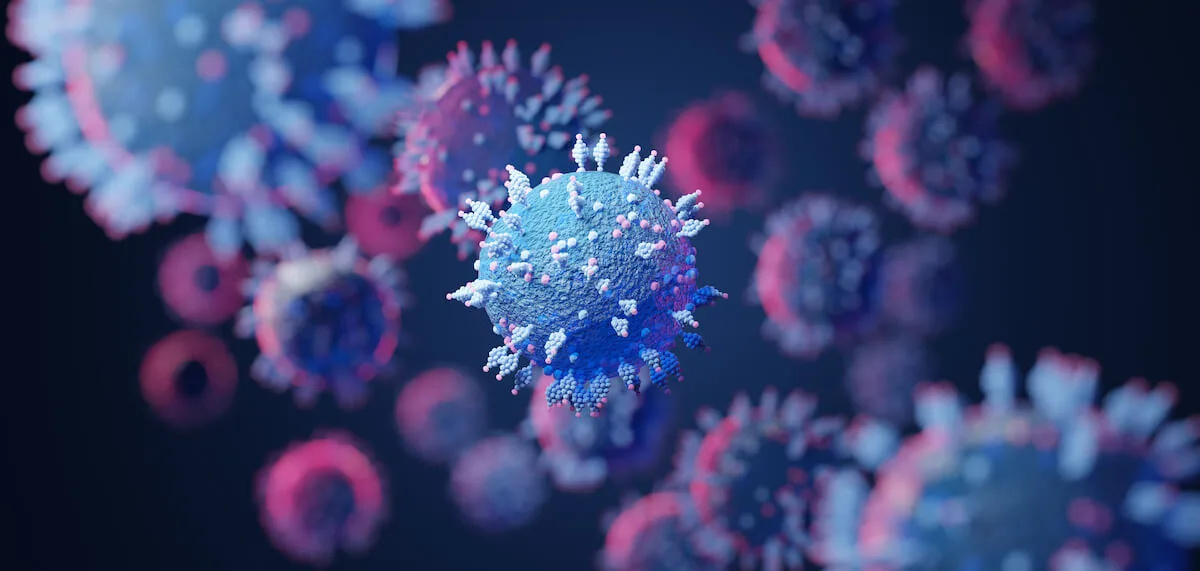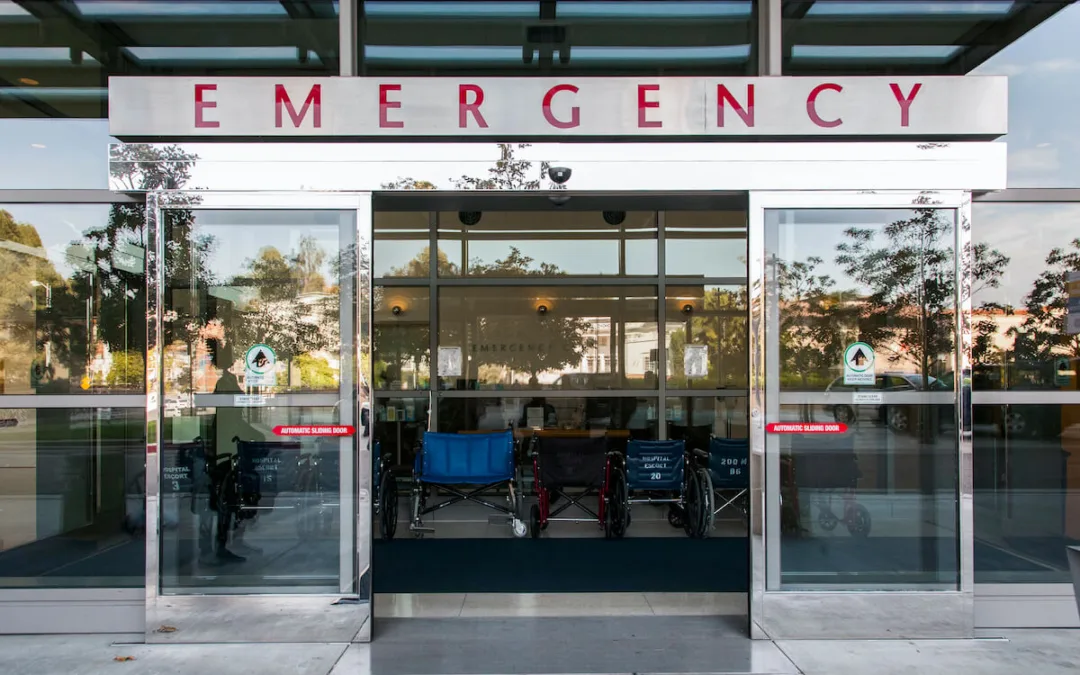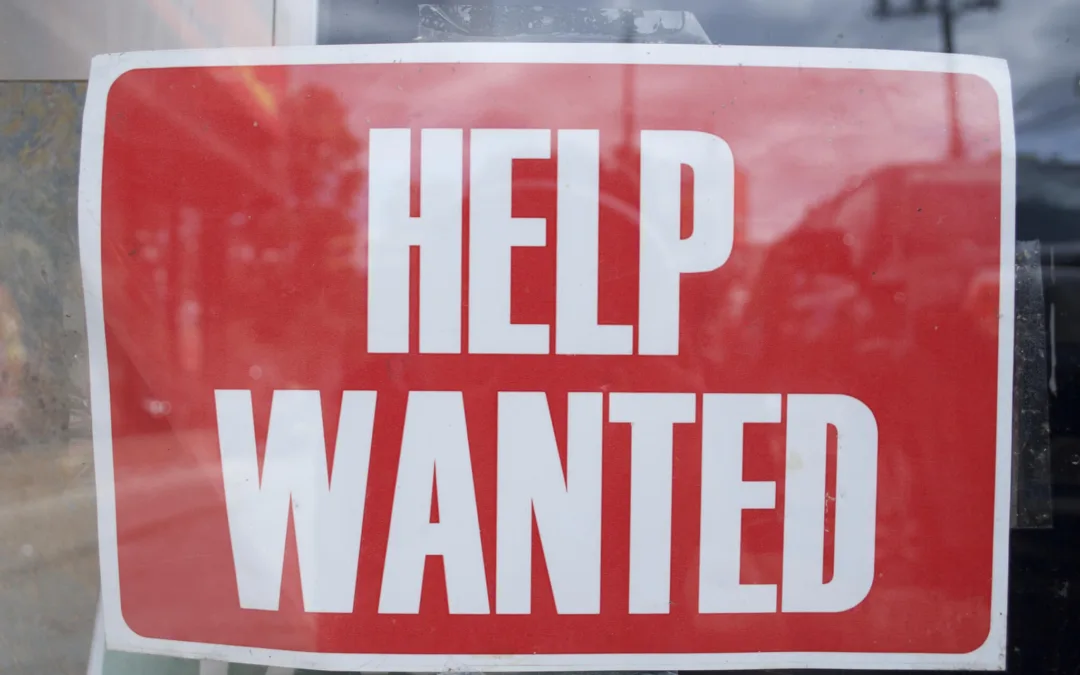
#image_title
#image_title
As coronavirus cases are down, the impact of losses from the virus continues to be felt.
When Lawrence Riley died of complications related to COVID-19 on March 19, 2020, it left many who knew him in the Milwaukee community where he lived with feelings of shock and loss as large as the man himself.
A Navy Vietnam veteran and retired firefighter, Riley stood 6 feet, 5 inches tall, and had a big presence in the lives of many youth who lived in the Sherman Park neighborhood he called home. He not only served as a father figure to them, but also to the six children of his own. Riley was 66 when he died.
“He did a lot for the children here, serving as their mentor, coaching them in sports,” said LaKeshia Myers, a state representative of a nearby district in Milwaukee, who met Riley through his volunteer work. “He gave so much to this community. When he passed, it was a big shock to all of us.”
On the day Riley died from the virus, so did Dale Witkowski, of Fond du Lac, and Robert Blackbird, of Grafton, the first reported deaths attributed to the coronavirus in Wisconsin. They are among the 6,576 in the state and more than 542,000 nationally who have died from the virus.
COVID-19 has had a disproportionately large impact on people of color, and in Wisconsin it was particularly devastating in Milwaukee’s Black, Latino, and Native American communities. Milwaukee County, the state’s most populous and diverse county, also has its highest COVID-19 death toll, at more than 1,200.
When Myers heard about Riley’s death, she recalled the big smile he greeted her with, how he gave so much of himself, whether helping raise money through his work with firefighting organizations, assisting at Juneteenth celebrations and other community events, or providing guidance to children.
What she didn’t realize, she said, was how many more deaths like his related to COVID-19 were to follow.
“To hear about [Riley’s] death, it hurt,” Myers recalled. “But I had no idea it was just the beginning of what we have seen since.”
‘Just Like That, He Was Gone’
Whether teaching students, coaching basketball, or volunteering, William Cerny exhibited passion and drive, seemingly constantly on the go, seeking to learn more and live his life fully.
When the retired Wausau educator contracted COVID-19 last fall, friends and relatives were worried, in part because Cerny’s age, 89, placed him at higher risk of dying from the virus.
But they were more concerned with William’s wife, JoAnne, who also tested positive for the illness. She has dementia and seemed to be at higher risk than her indefatigable husband.
Never mind his age. Even in retirement, William remained active. He volunteered for numerous groups and worked on behalf of people in need. An advocate of physical fitness, he walked miles each day. He kept his brain busy too, seeking out new learning opportunities to challenge his superb memory. He and his wife continued in recent years to audit classes at the local university, and he practiced mental exercises with her to help her cope with dementia.
“He never stopped, he never slowed down, even after he retired,” Steve Cerny said of his grandfather. “He had this energy about him, this desire to live his life as actively as he could.”
On Oct. 16, Steve received a message from his mother that his grandfather had fallen at the assisted living center in Wausau, where he and JoAnne had moved after her dementia diagnosis. Steve stopped by to check on him.
When he arrived, he found the elder Cerny with a gash on his forehead from his fall. William was coherent and able to carry on normal conversation, but he couldn’t stop shaking. Steve took his grandfather to Aspirus Wausau Hospital, where tests showed the level of oxygen in his blood at only 80%. Then William began coughing.
“That was the first time we thought he might have COVID-19,” Steve said. Tests confirmed it: William had contracted the virus.
His condition worsened rapidly, and he was transported to the emergency room. Two days after arriving there, he went into a coma, and three days after that, on Oct. 21, he died.
Because of the contagious nature of COVID-19, William’s family and friends were unable to visit him at the hospital, a heart-breaking scenario faced by his relatives and so many across Wisconsin and the US. When the ambulance carrying William left the hospital bound for the emergency room, “that was the last time any of us saw him in person,” Steve said.
JoAnne also tested positive for the virus, but she exhibited no symptoms despite seeming to be more susceptible. The dichotomy is evidence of the variable, unpredictable impact of COVID-19, said Steve, who quarantined himself to make sure he didn’t infect anyone in case he had contracted the virus.
“You have the same disease, but really two extremes of symptoms, in a way you wouldn’t have expected,” he said. “One minute my grandpa seemed fine. And then, just like that, he was gone.”
‘Taking a Real Toll’
As St. Croix County medical examiner, Patty Schachtner gained plenty of experience during the past year dealing with deaths because of COVID-19. As the number of people dying surged in Wisconsin in October and November, overwhelming hospitals and public health staff, Schachtner’s days seemed never ending and days away from work rarely happened.
“It got to be a lot,” she said. “Our staff was stretched thin, and we were dealing with more and more death. You had to have a certain mindset to get through it.”
Public health officials across the state offered similar sentiments. Kristen Kelm, community health division manager in Chippewa County, recalled one day last fall during the height of COVID-19 cases and deaths when she responded to six cases in which she conducted tests to confirm people had died from the virus. The mostly rural county has been hit hard by the coronavirus; 93 there have died from it.
“It was a very direct reminder that (the pandemic) was taking a real toll on our community,” she said.
Deaths were difficult for all staff to deal with, Kelm said, particularly when they knew those who had died from the virus. Department supervisors reached out to provide outlets for dealing with grief, she said, and offered access to an employee assistance program.
“It was a lot of talking to each other, talking our way through it,” she said. ”And we were talking with the families who had deaths in their family too. They were worried, asking ‘am I going to die from this too?’”
For Schachtner, the pandemic hit home in a personal way. She and her siblings watched her father, Richard Rivard, die of COVID-19 through the window of the nursing home where he had lived for the past two years.

Schachtner and her relatives were grateful for the fact their mother—dressed head to toe in personal protective equipment–was allowed to spend Rivard’s final hours with him. But they wished they could have hugged their dad one last time too.
“It’s been so, so hard for so many people,” Schachtner said in a recent interview. “You have all of these loved ones dying, and in so many cases, their relatives couldn’t be there with them.”
‘Really Cared’
When Warren Bowe retired at age 57 in June from his job teaching English at Chippewa Falls High School, he looked forward to the next chapter of his life.
Just four months later, he was dead, a victim of COVID-19.
Bowe’s death stunned those who knew him. The teacher known for inspiring his students, as a confidant who would help them through tough times, was seemingly healthy. He had taken the virus seriously, had worn a face mask in public, had done his best to maintain social distancing.
Despite those efforts, he was still infected with COVID-19. His death from the virus sent a warning through west-central Wisconsin: People besides those who are elderly with pre-existing health problems can be killed by the virus.

Bowe’s death prompted frustration by many who knew him about the refusal by some to wear masks in public despite Centers for Disease Control and Prevention recommendations on the effectiveness of that practice in reducing virus spread. If someone relatively young and healthy like him could die from the virus, many said, it meant they could too.
Bowe’s former students said they will miss the man who served as a mentor to them. Hazel Behling, a Chippewa Falls High School graduate who currently attends UW-Madison, said she appreciated her conversations with Bowe that sometimes involved difficult topics and life struggles.
“Mr. Bowe was one of those people who really cared about you, someone you could go to,” she said. “Now he’s not here anymore to do that.”
Community Impacts
Many others across Wisconsin left holes in their communities when they died from COVID-19. In the northern part of the state, Joe Martin Rose was a leader among the Bad River tribe, whether educating children, developing a Native American-based curriculum at Northland College, fighting to protect treaty rights, or working to preserve the environment.
Rose, better known to some by his Ojibwe name, Moka’ang Giizis, or Rising Sun, died Feb. 23 at age 85 from complications related to COVID-19. He was born in Oklahoma and his parents relocated to the Bad River reservation in northern Wisconsin. His upbringing there helped Rose gain an appreciation for the nature around him and set the stage for his subsequent efforts to protect the environment and educate others about its importance, those who knew him said.
In the Polk County village of Clayton, Donald Kittelson was a community mainstay. The third-generation firefighter became fire chief in his hometown. He was known for his affable, caring personality, as someone who took both a no-nonsense and kind-hearted approach to life, and as someone who cared greatly for people.
Kittelson was a fire department member for 34 years before his COVID-related death Dec. 17 at age 55. As Kittelson fought the virus, residents in the 550-person village showed their support by purchasing more than 400 signs bearing messages hoping for his recovery.
Hope for the Future
The number of cases, deaths, and hospitalizations associated with the virus have decreased significantly in recent months as the number of vaccinations across Wisconsin and the nation has risen dramatically. The state Department of Health Services reports 25% of state residents have received at least one dose of a COVID-19 vaccine.
On Monday, 2 million new residents became eligible for the vaccine, and health officials predict those in the state who want a vaccine can be vaccinated by summer.
Public health officials say those are steps in the right direction, and are signs the virus is waning and the end of the pandemic is in sight. Many across the state spent this past weekend outdoors enjoying the warm, sunny weather. Kelm did the same at Irvine Park in Chippewa Falls.
“It was great seeing people out playing. With the (COVID-19) case numbers down, I am feeling optimistic about moving past the pandemic,” she said.
But past cases and deaths leave Kelm leery. She spent part of Monday morning attending a virtual meeting about COVID-19 cases rising in Minnesota, and she wonders if the same could happen in Wisconsin if people let their guard down.
“I can’t help but think, ‘Are we going to see another surge? What is going to happen after spring break? What will COVID cases look like in a couple of weeks?’” Kelm said. “After what we’ve been through this past year, and being in public health, I can’t help but think that way.”

Myers recently received her first COVID-19 vaccination and is helping others do the same. She has watched too many in Milwaukee get sick and die from the virus to do otherwise, she said.
“It’s been all hands on deck trying to get as many people vaccinated as we can,” she said.
In Wausau, Steve Cerny is optimistic the pandemic will end as soon as possible too. Like others, he yearns for a return to some sort of normalcy. But he knows normal won’t look quite the same without his grandfather around.
He and his wife and their children now live in the same house his grandparents occupied for so many years. The home brings back memories of William, Steve said, and serves as inspiration to live a life of service like he did. To commemorate him, Steve and his two sons gathered 250 acorns in the fall and started them as seedlings. They plan to plant them across central and northern Wisconsin in honor of William.
“We want to do it to remember him, to plant seeds for the future, just like he did in his work with his students,” Steve said.
Politics

Biden administration bans noncompete clauses for workers
The Federal Trade Commission (FTC) voted on Tuesday to ban noncompete agreements—those pesky clauses that employers often force their workers to...

Opinion: Trump, GOP fail January 6 truth test
In this op-ed, Milwaukee resident Terry Hansen reflects on the events that took place on January 6, the response from Trump and other GOP members,...
Local News

Readers Poll: Top Bowling Alleys in Wisconsin
Looking for the best bowling in Wisconsin? Look no further! Our readers have spoken in our recent poll, and we have the inside scoop on the top...

8 Wisconsin restaurants Top Chef judges are raving about
Top Chef’s 21st season is all about Wisconsin, and on-screen, it’s already apparent that the judges feel right at home here. But, while filming in...




